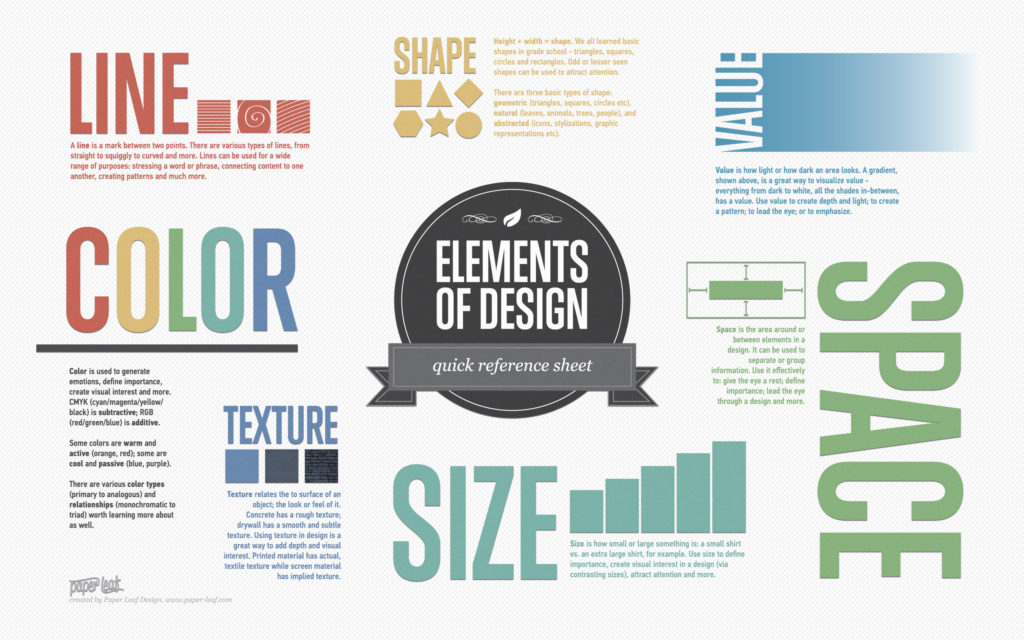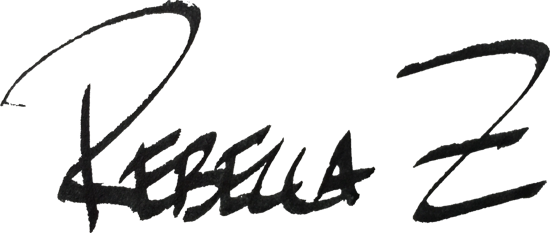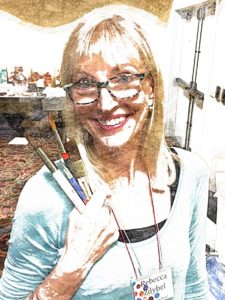
This is the final installment of my series of articles with Thoughts on Finishing a Painting. It’s been fun exploring the topic of how to know when “enough is enough”.
The Work of Finishing a Painting: When is a painting finished?
There are no hard and fast rules, and in the end, it will be up to YOU. Nobody but the artist truly determines that moment, but experience has taught me a few things. Good teachers have also been kind enough to share their wisdom with me over the years, and I feel as if the least I can do is to pay it forward…
In Part 1 of this series I titled it “The Naked Beauty contest”. When reading that title you might say, ” What?!” But it can feel as if we are overexposed when we share our creative efforts.
In that first article of this series I explored the idea that mindset can matter when we evaluate our work. Taming our inner critic and getting our minds right is sometimes half the battle when we paint (or when we live our lives).
Part 2 in the series discussed planning. Taking the time to plan can guide our steps along the way and help us know when we have finished a painting.
Part 3 gave some of my favorite tips on methods I use to assess a painting. Here are links to those previous blogs in case you missed them: Click the individual posts to read 😊
Part 1 Thoughts on Finishing: The Naked Beauty Contest
Part 2 Thoughts on Finishing: Begin with a Goal
Part 3 Thoughts on Finishing:Best Tips to Evaluate Your Paintings
In this final installment of the series, I’d like to give you some helpful checklists to use when you think that you might have finished a painting.
Assessment tools can always be a help when you want to make sure you’re covering your bases.
In my recent class, Fun with Finishing a Painting, I shared a few checklists that I thought might be of help to my students. For those of you who can’t come to class and only read my blog, here is a list of ideas for YOU to use.
I hope they lend a hand in assessing your next painting. 😊
Assess Elements of Design when finishing a painting:
- Value-
Do the light values link?
Do the dark values link?
Where is the darkest dark?
Where is the lightest light?
Do they meet anywhere?
The where they meet will be a focal area…is it where you want it to be?
- Line–
Are lines varied in width, type, direction, color, value?
- Shape-
Are shapes varied in scale? (poppa bear, momma, and baby shapes)
Are they dominantly organic or geometric…is there variety for relief?
Are they oblique, with varation at edges, unpredictable?
Do they KISS? Shapes that “kiss” make the viewer feel awkward.
Do they interlock?
Are they organized into a pleasing composition?
- Form-
Are shadows and perspectives pleasing?
Remember shadows can help connect shapes and provide linkage. (Don’t let the truth get in the way of a good painting!)
- Textures/Patterns-
Are any textures/patterns in need of repetition?
Are any patterns too repetitive (aka BORING!)?
- Colors-
Are colors harmonious?
Are they interesting?
Would flat colors benefit from glazing?
Would glazing possibly bring harmony?
Could any colors need boosting or intensification?
Could any using “toning down” by lifting or glazing with a neutralizing color?
- Space-
Assess negative shapes. Are they varied and interesting? Do they need to be changed?

CHECKLIST APPROACH- ASSESS COMPOSITION AND CONTENT
COMPOSITION:
- DO VALUES HAVE LINKAGE?
- DO COLORS HAVE LINKAGE AND HARMONY?
- ARE NEGATIVE SPACES INTERESTING?
- ARE CORNERS DIFFERENT?
- IS THERE A FOCAL AREA? IS THE VIEWER ENTERTAINED WHEN THEY GET THERE?
- ARE THERE VISUAL TRAPS WHERE YOUR EYE GETS STUCK? (too many hard shapes, circles, uninterrupted lines, big value shifts?
CONTENT:
- What’s the point? Is there a story? If you set a goal, have you achieved it?
- What’s the mood? If it helps the painting, is it clear? Should it be exaggerated?
- What’s the title? Is there a story you’re telling? Is more needed to help support the story or make it more entertaining?
💭 One final thought on Finishing a Painting💭
Don’t forget to photograph and sign your piece when you have finished a painting before you frame it! It’s embarrassing how many times I’ve hurried to Frame something and realized later that I didn’t have a good photo. Remember, once it’s under glass it will be hard to photograph.
This completes my series on finishing a painting. In case you missed them, here are some links if you’d like to read more on the subject.
Click the post to read 😊
Part 1 Thoughts on Finishing: The Naked Beauty Contest
Part 2 Thoughts on Finishing: Begin with a Goal
Part 3 Thoughts on Finishing:Best Tips to Evaluate Your Paintings
Has this series helped you in finishing a painting? Have you enjoyed this series of blogs? Feel free to bring this information to your art group and share.
If you do, I hope you’ll encourage others to join me here, where we are all striving to become the best artists we can be!
You can help my blog gain visibility by leaving a comment here, sharing it with a friend or posting it on your social media sites. I’d be very grateful if you did. 🙏
Is there one tip that stands out for you? Is there a suggestion you’d like to add? I’d welcome hearing your thoughts and always love to keep the conversation going…
With love and light ❤️🎨✨,
Rebecca Z



Recent Comments